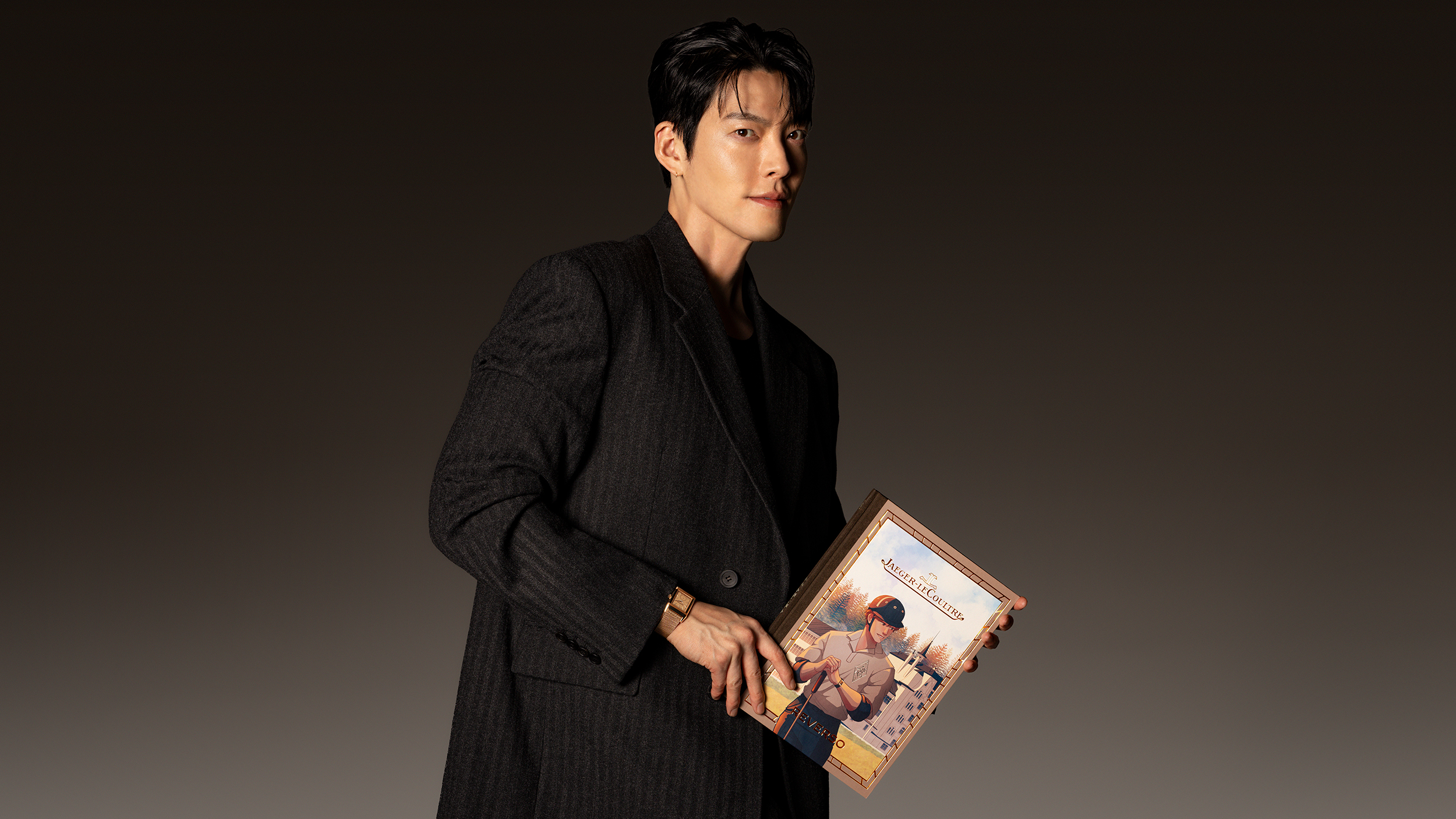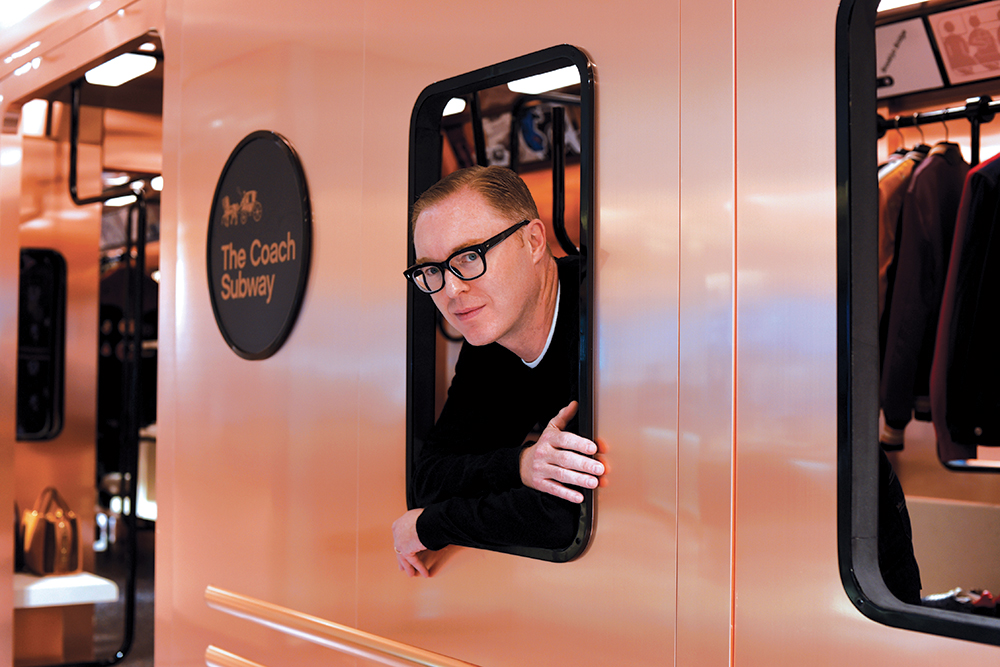
When Stuart Vevers joined Coach as creative director in 2013 after Reed Krakoff’s 16-year stint, he was given the monumental task of reinvigorating the sluggish leather goods brand. Vevers relished the challenge. He thrived on it. Before joining Coach, Vevers had spent five years at Loewe, revitalising the Madrid maker of leather goods. Before that, he had spells at Bottega Veneta, Louis Vuitton and Mulberry where he honed his expertise in creating accessories and leather goods, designing desirable bags that flew off the shelves.
Coach was the perfect fit for Vevers. He knew leather like the back of his hand and loved what the American company represented. “One of the things that I was excited about was that, ultimately, Coach is America’s house of leather. There’s no other brand that comes close to Coach in terms of its story and heritage,” Vevers says.
Coach goods are American luxuries of a sort that Vevers embraces. In the 1980s, Coach products were what ordinary Americans aspired to own, before the cult of extravagance sent prices rocketing up and so excluded them from ownership. But Vevers sees the appeal of the cult dissipating. “What I love about Coach is that it’s very inclusive,” he says.” Today, luxury can be friendly. It used to mean a certain formality and investment quality. But American stylists have always had a very different angle from the traditional European luxury. I like that, today, a luxury piece can be a pair of sneakers, a playful backpack and a sweatshirt.”
Most of all, Vevers wished to bring fashion to Coach. He recalls his interviews with Coach managers three or more years ago, when he pitched the idea of bringing a ready-to-wear collection to Coach and showing that collection during New York Fashion Week. “My goal is to make Coach, first and foremost, a fashion house with a strong leather goods heritage,” he says.

Coach took small steps. It began with small presentations in 2013, before launching its fully fledged ready-to-wear collection in the autumn of 2015 – a nerve-racking period. “Of course, there is always pressure on the first collection,” Vevers says. “You’re showing your ambition for the first time and you’re asking people to give you feedback.” Fortunately for Vevers and his brand, the response to Coach 1941 was largely positive. “After that, I was given the confidence to boldly take the direction forward,” he says. “It also gave Coach the confidence in me. They’re, like, ‘Maybe this guy knows what he’s doing.’”
Vevers was born and brought up in the town of Doncaster in northern England, and went to art school in the city of Carlisle, in the northwestern corner of the country. When he was 19 he moved to London in pursuit of a degree in fashion. Even before then, his fondness for classic Americana ran deep.
The teenaged Vevers reputedly had a poster for the film My Own Private Idaho in his bedroom. Later he paid annual visits to the United States. He and a friend, travelling by train, would explore the country. His vision of the US was painted in large measure by his adventures there, by American movies and music, such as the output of the Beastie Boys. “A lot of American references that I grew up with, like most people, I saw themon films or through music,” Vevers says.
“I’m still very inspired by America whenI travel and experience. Things that an American would find everyday, I still find exotic, and I’m excited by the everyday.”
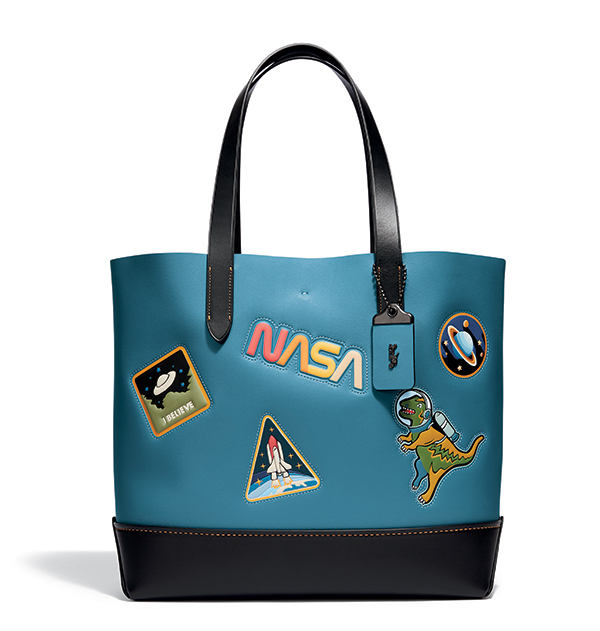
In the past five seasons of Coach 1941 women’s and later men’s shows, Vevers has taken inspiration from sources that range from films such as Badlands – a 1970s movie, directed by Terrence Malick, about two young outlaws on the run in the American West – to television shows such as Little House on the Prairie; from the music of Bruce Springsteen to hip-hop bands.
The Coach 1941 spring 2017 collection had a touch of Elvis Presley, with rocker-chic biker jackets and shearling pieces contrasted with sheerer, lighter, lace-trimmed dresses. For the 75th anniversary of the brand, Vevers built a capsule collection around the Coach mascot, Rexy the dinosaur. For the presentation of the autumn 2017 women’s collection, a makeshift prairie house was built at the end of the runway and tumbleweed strewn all over the catwalk. On the men’s runway, we saw varsity jackets, biker jackets and parkas bearing slogans, the Nasa logo and even a representation of the Fisher-Price duck, Dr Doodle.
“Coach is about celebrating the everyday. It’s a very down-to-earth, honest and authentic house,” Vevers says. “That’s why we reference things like the subway at the Lane Crawford pop-up. That’s why we’ve had shows in a scrap yard, in a gas station. We’ve had shop campaigns on the suburban street.”
This fresh take has some wondering whether its old design codes are still relevant to Coach. “I’d say it’s a mixture,” Vevers says. “There’s still something in Coach’s heritage that I really love and want to continue to explore but it’s important to plug those pieces and new content. The gloves, the leather, the turn lock: they’re all well-established Coach icons from the 1940s and 1960s. The new attitude is, ‘How do I make those things relevant to today?’ ”
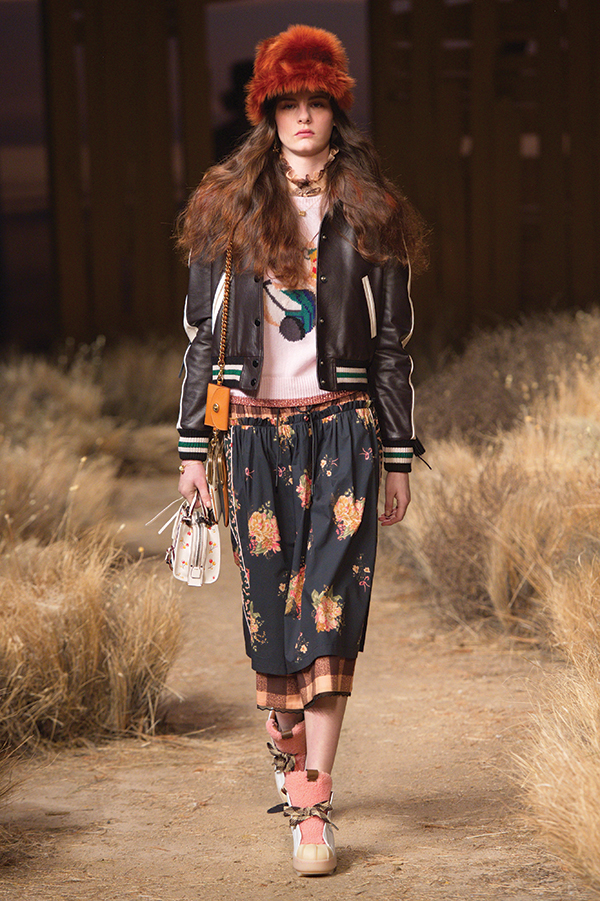
Vevers looked to the legendary Bonnie Cashin for inspiration. Cashin was Coach’s first designer. In 1941, the company was called Gail Leather Products, making wallets and billfolds. It became Coach in the early 1960s, when the owners, Miles Cahn and his wife Lillian, hired Cashin, then a well-known designer of sportswear, to design a completely new line of bags for them.
Cashin was a rebel. She overthrew the frivolities of the 1950s and replaced them with the real and the pragmatic. Her bags were accessories with a purpose. They had pockets to hold tickets and lists. She used hardware, including industrial-strength zips, turn locks and brass clasps. Vevers says he had always admired Cashin. “But it wasn’t until I joined Coach that I studied her time here and saw what she created,” he says. “She definitely became a real hero for me. I often refer to Bonnie Cashin as Coach’s guardian angel.”
Cashin is still standing guard. “In many ways, Bonnie Cashin’s period, her body of work, showed me that what I really needed to do was look forward and take Coach into the next level, write its next chapter – because Bonnie Cashin was looking forward,” Vevers says. “You see it from the day she arrived to the day she left. It was about taking risks, being bold and being creative.”
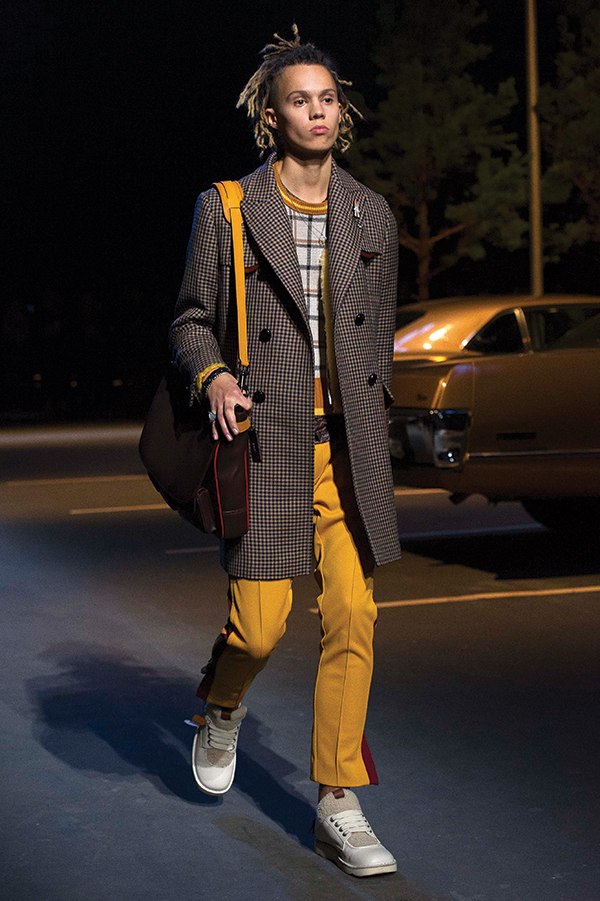
Vevers gave his reinvigoration programme a surprise boost when Coach announced late last year that Selena Gomez would become the face of the brand, and revealed that Gomez would collaborate in designing its products. It is a golden partnership, allowing Coach to tap the pop star’s influence over her 125 million or more followers on Instagram.
“I believe that one of the reasons why she has connected to so many people is that she’s open, honest and authentic,” Vevers says. “Those are the values that I aspire to, and connect well with Coach. That’s why our relationship and collaboration is natural.” Vevers believes openness and inclusivity are important to the modern generation. “What truly makes Selena a Coach girl is that she cares, she’s warm, she’s inclusive,” he says. “She doesn’t necessarily have a fashion background but she’s obviously very creative, clearly, with her music, her image and her videos. She comes to the table with a lot of ideas and she understands the creative process well.”
Watch: Selena Gomez Designs a Coach Bag
Gomez visited the Coach studio several times in the process of designing her first handbag, the Selena Grace, which will be launched this month. “We just, kind of, played and had fun,” Vevers says. “It was about how we could create things that really were for her. I’m often thinking about who the Coach girl is and it’s always good to have someone specific in mind. I try to do it with each collection, to have a muse or a cinematic reference. So it’s great to be sitting with your muse and coming up with ideas together.”
Gomez and Vevers are both visionaries that are full of ambition, yet they remain two of the most grounded creative people you’re ever likely to meet. Vevers has a motto. “I used to have it in the studio where we worked,” He says. “We had a big poster on the wall: ‘Work hard and be nice to people.’”
This article originally appeared in the September 2017 Issue of #legend.





